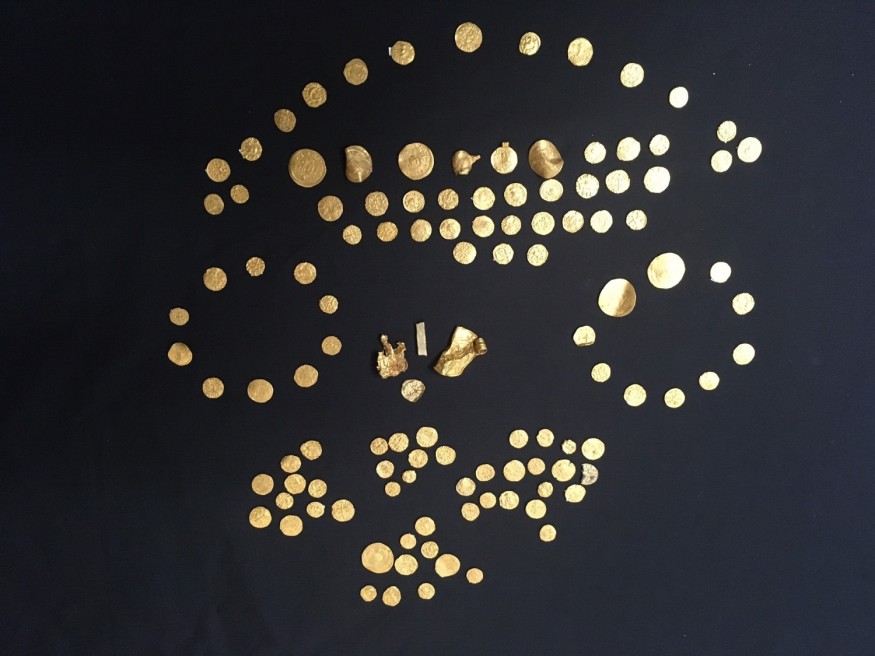A new archaeological discovery was unearthed by an unnamed citizen of West Norfolk, England. The finding consists of several artifacts that are confirmed to be precious coins from the early civilization. The treasure hoard was analyzed and was certified to be a cluster of mintage from the Anglo-Saxons or the first citizens of England's ancient kingdoms. According to a report by Good News Network, the coins summed to 131 pieces.
Alongside the money, four distinct golden objects were excavated. Most of the pieces on the Anglo-Saxon treasure hoard were collected by a single individual in a span of 6 years. According to a press release by The British Museum, the detectorist requested to remain anonymous.
131 West Norfolk Coin Collection Unearthed

Former police authority and detectorist David Cockle is among the people that contributed to the ancient coin collection. According to a report by Live Science, Cockle was able to unearth ten pieces of Anglo-Saxon coins by utilizing a metal detector device.
In a report by the BBC, the former police officer said that he had previously sold the coins after keeping them secretly. Cockle said that they could hold the treasure for 15,000 British pounds, which was about 20,000 UD dollars. In an unfortunate turn, Cockle was dismissed from his services before his 16-month imprisonment under 'pure greed.' out of the ten coins he initially sold, the government recovered eight pieces.
Most of the Anglo-Saxon treasures are identified as Frankish pieces called tremisses. According to CoinWeek, these coins from the 6th century are commonly made of 58 to 95 percent pure gold. From the total number of coins, nine pieces were identified as a large Byzantine currency called solidi. This group of coins is considered to have greater value than the tremissis and could be exchanged the value of the Frankish coins thrice during the ancient era.
Anglo-Saxon Treasure Buried with Unknown Reason
The four remaining pieces of objects were also made of gold and were described as a plain gold bar, a pendant, and two unidentified objects, which are theorized as fragments of larger jewelry. The British Museum experts said the coins were already buried since the 6th century, just before the unification of England, but the reason behind hiding the collection remains unsolved.
A previous Anglo-Saxon treasure hoard was initially unearthed in Hampshire's region Crondall back in 1828. According to ARTnews, this hoard was concealed in a single purse but was theorized to have greater value than the latest dig due to the evidence of fresh disturbances of the container, which was possibly inflicted during its discovery.
The new Anglo-Saxon Norfolk treasure hoard was unearthed in a region of East Anglia. The place is also known for previous digs, such as the Sutton Hoo ship that included ancient burial clues and a purse with a staggering 37 gold coins. The latest dig is still under investigation to weigh if it is subject to the British crown due to a regulation passed in 1996 called the Treasure Act.
Check out more news and information on Archaeology in Science Times.
© 2025 ScienceTimes.com All rights reserved. Do not reproduce without permission. The window to the world of Science Times.











